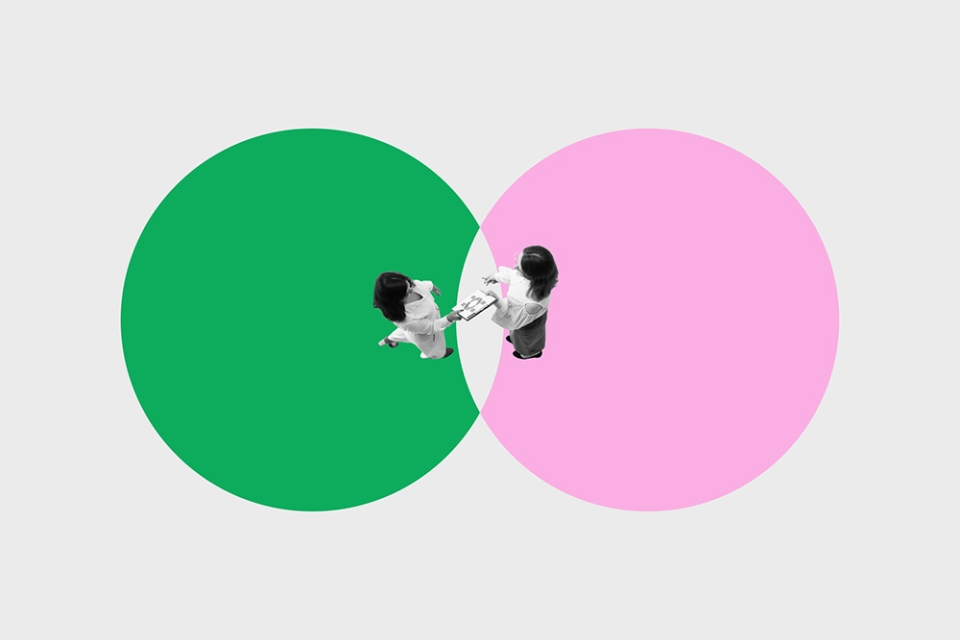In my introductory blog about our negotiation research, I wrote about the importance of movement in negotiation.
What is negotiation?
A negotiation is a series of discussions between multiple parties aimed at reaching a shared agreement.
Negotiation occurs because there are points of difference between two parties; one party wants one outcome; the other party wants another outcome. How easy it is to come to an agreement depends on the relative difference between the two outcomes, how important they are to both parties and the relative power of each side.
A key part of preparing and planning for any negotiation is understanding the issues that you have to negotiate about and how you are going to bargain with them. We will look at bargaining strategies in a later blog, but for now, I want to focus on the verbal behaviours that you use when bargaining.
Discover how to create clarity in complex negotiations and avoid misunderstandings, with our whitepaper, ‘Developing Effective Negotiation Skills'
What is a counter proposal?
A counter-proposal is when a party involved in the round of negotiations suggests an alternative solution in response to a proposal that they consider unsatisfactory.
How to make a counterproposal
When the other side makes a proposal there are various ways in which you can respond.
If you watch the type of haggling that goes on in a street market or in an episode of the TV series The Apprentice, you’ll see one side making a proposal, and the other side responding with a proposal of their own.
In behavioural terms we call this response a counter proposal. One side may want to disagree with the other or express disappointment at what they are saying.
In our global 2014 negotiation survey, we presented respondents with a situation where the other side was requesting a 90-day payment period and refusing to move on price (which was a more important issue for them).
For many organisations, this would be a tough, if not impossible, proposal to accept. One of the options people could choose as a response was a simple counter-proposal of: “45 days is more reasonable.” What we found was that 49% of respondents were happy to use this behaviour.
When to use counter-proposals as a negotiation technique
In the original observational negotiation research, I found skilled negotiators avoided counter proposals, in comparison to average negotiators.
What skilled negotiators tended to do in response to a proposal from the other side was to explore the underlying interests in order to understand exactly what was driving the other side to make that proposal, and also to try and work out what the proposal was actually worth to both them and the other side.
In large complex negotiations, people are often not ready for a proposal and may need to call a time-out so that they can take the proposal away, digest it and review it, before coming back with a counter proposal.
The time when you’re most likely to hear a counter-proposal from a skilled negotiator is towards the end of a negotiation when the final aspects of the deal are being put together and the agreement is close.
The other point to make about the example proposal above is that it is focused on one issue. In negotiations where only one issue is at stake, then all you can do is haggle. But in negotiations where there are more issues involved, effective negotiators are the ones who can link them together in ways that enhance the value of the deal for both sides.
So if I decide that I can and will move on payment terms for you, what am I going to ask from you in return that is potentially worth more to me?
How to apply conditions to your counter-proposal
In our 2014 global survey, respondents did seem to recognise the importance of trading issues.
Another proposal option of: “If we accept those payment terms, are you willing to look at a price increase of, say, 10%?” was voted for by 83% of respondents.
In Huthwaite terminology, we call this a conditional proposal. Conditional proposals can also be counter proposals when they’re used to immediately respond to a proposal made by the other side. What we would recommend is a Conditional Proposal that isn’t an immediate response, but follows some discussion about the first proposal put onto the table.
The real value of a conditional proposal as a negotiation technique lies in the fact that you are not just conceding on one issue, but are getting something back in return. Hence, always trade, and never concede is a Huthwaite motto.
So, the next time you are inclined to just haggle about one negotiable issue, think about whether or not you can use another issue to get a better deal for you and, potentially, the other side.

Discover how to develop effective negotiation skills
Learn the tactics to use to avoid direct disagreements and the common phrases that can make you an irritating negotiator.








